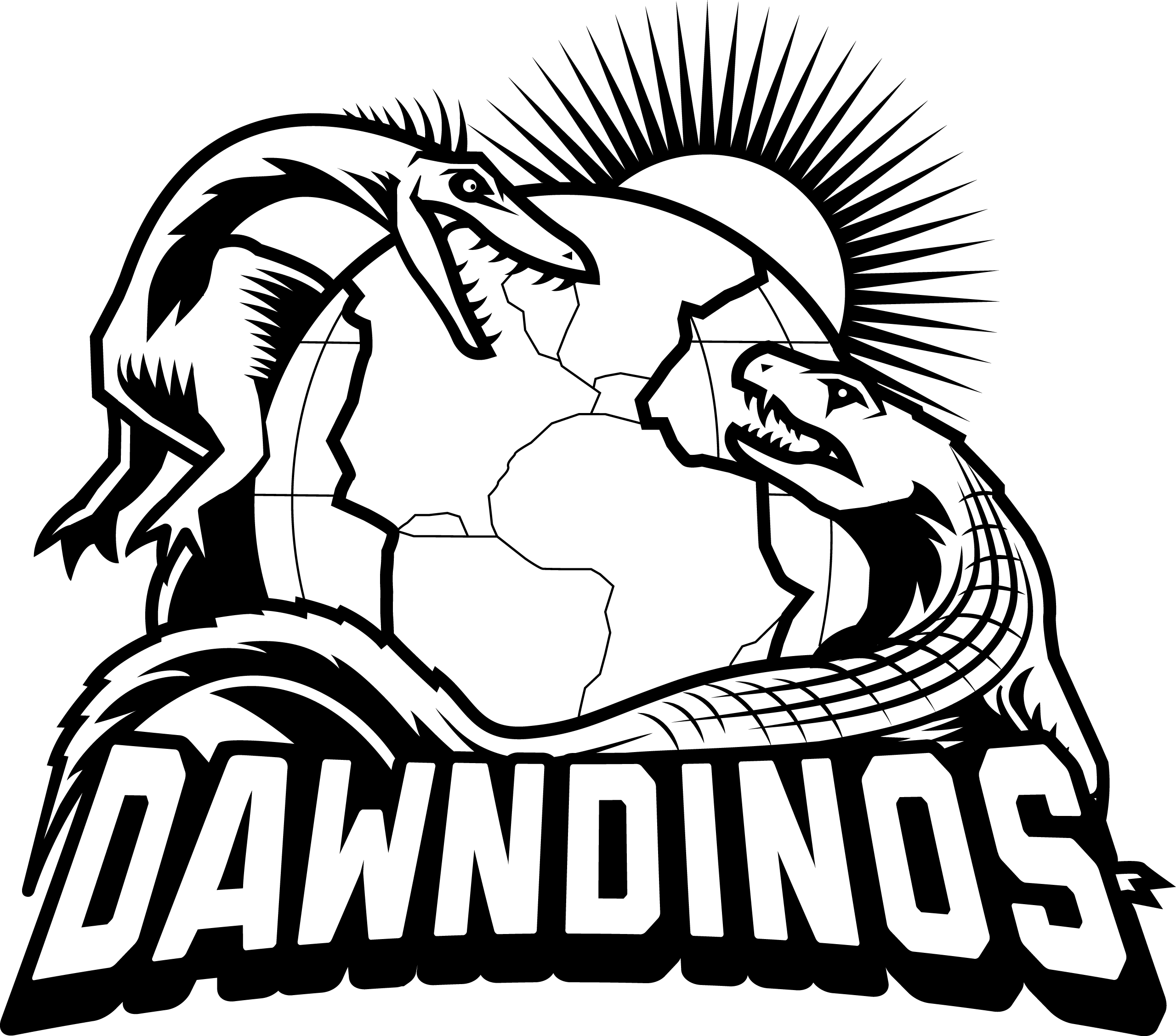DAWNDINOS Research Questions
- Did dinosaurs possess locomotor advantages relative to early crocodile-relatives (pseudosuchians) during the late Triassic/early Jurassic period?
- Could they run faster, jump farther, or walk more efficiently?
Research Plan for next Five Years
The DAWNDINOS research team will address these questions by investigating the evolution of locomotor behaviour in surviving descendants of the archosaurs.
From the bird lineage we will study the biomechanics of tinamou birds (Eudromia elegans) and from the crocodile lineage they will study the locomotion of young Nile crocodiles (Crocodylus niloticus) using:
- Ground-breaking experiments for data collection, in vivo and in vitro physiological studies and computational analysis; including 3D imaging of modern & fossil animals
- Developing computer models for performing biomechanical simulations of five behaviours (walking, running, standing, jumping and turning) on these two species of living archosaurs – Nile crocodiles & tinamou birds
- Applying these digital models and simulations to 11 species of Triassic (or early Jurassic) archosaurs of diverse morphologies (based on 3D scans of actual fossils) to estimate ranges of possible locomotor behaviour in these extinct animals.

Research Goals
Our primary goal is to bring together evolutionary and biomechanical research so we can address the mysteries of what, if anything, made dinosaurs different from other archosaurs, how bipedalism evolved in different archosaur lineages, and what the functional implications of bipedalism were. Our study will test the Locomotor Superiority Hypothesis for the first time.
The Locomotor Superiority Hypothesis was first proposed to explain what made dinosaurs distinct from other Triassic species of archosaurs, perhaps aiding their survival into the Jurassic. However, the hypothesis remains untested or even dismissed. The study will attempt to answer this question, but first we need to develop the best tools to do so.
Living crocodiles and birds (extant archosaurs) allow us to experimentally measure key factors (3D skeletal motions and limb forces; muscle activations) optimizing performance in walking, running, jumping, standing up, and turning.
We will then use biomechanical simulations to estimate performance determinants we cannot measure, such as the forces that muscles exert or how quickly muscles change length. Then will refine our simulations by testing major assumptions and will maximize their validity for studying extinct animals, overcoming the obstacle that has long limited researchers to qualitative, subjective morphological inferences of performance.
Next, we will use our simulation tools to build musculoskeletal models of 11 Triassic (or early Jurassic) archosaurs (dinosaurs and their cousins; quadrupeds and bipeds of disparate forms) and simulate how may have moved, to compare how their performance in the five behaviours related to locomotor traits, testing if the results fit expected patterns for “locomotor superiority.”



